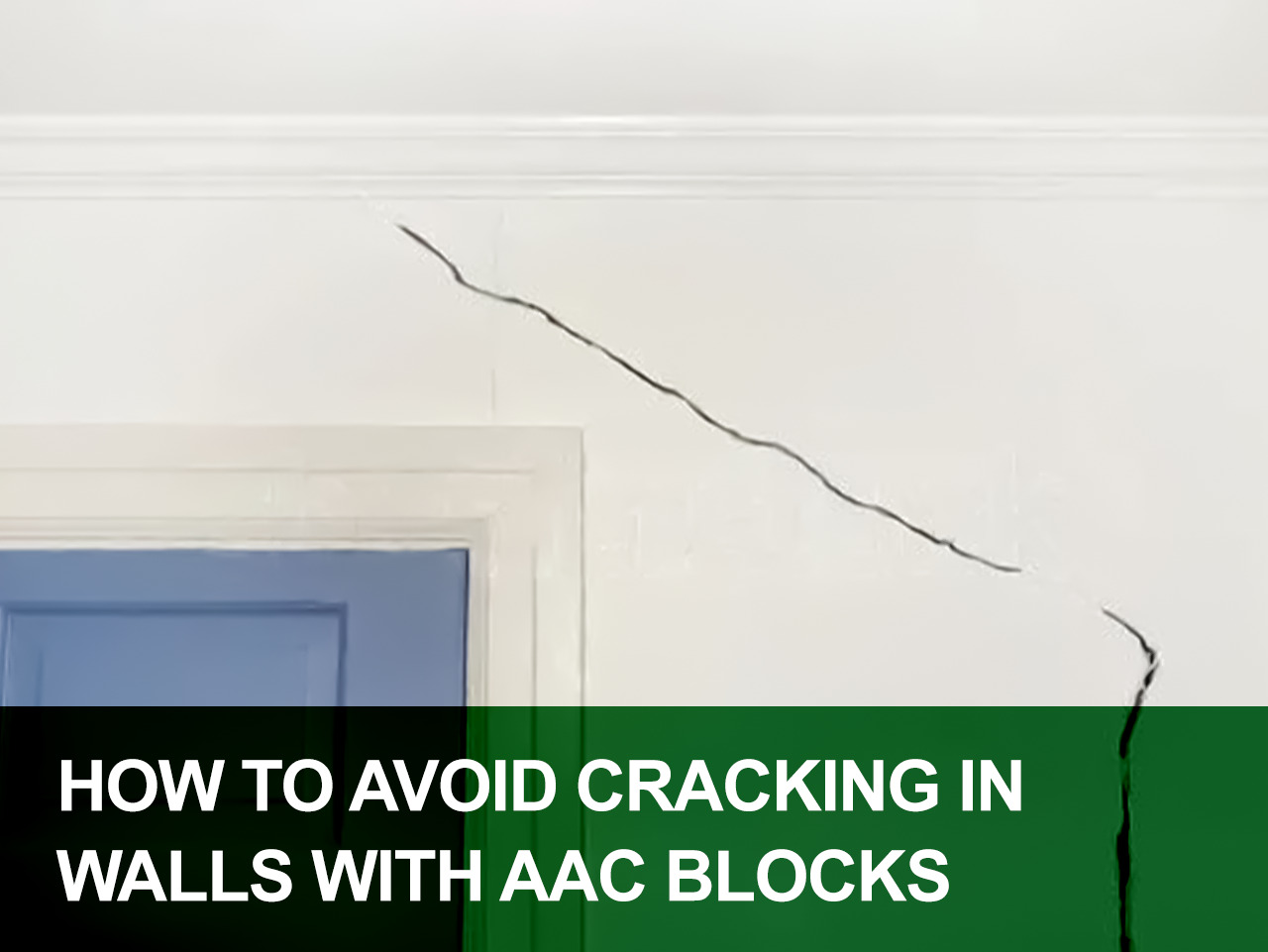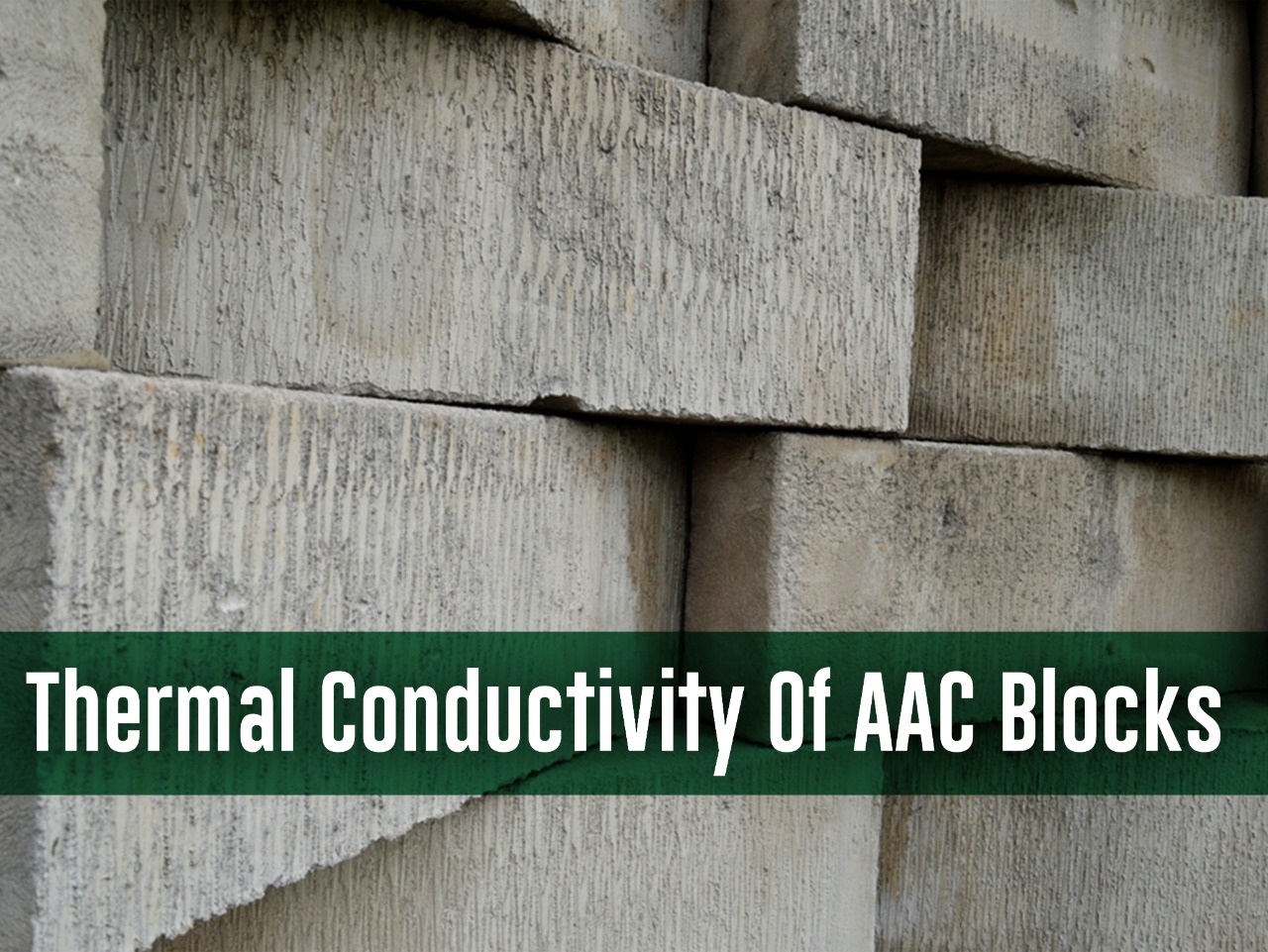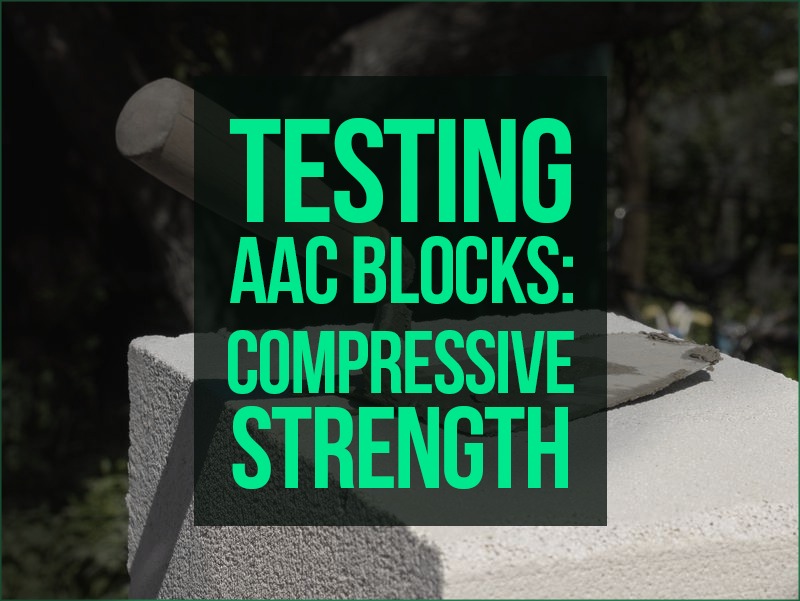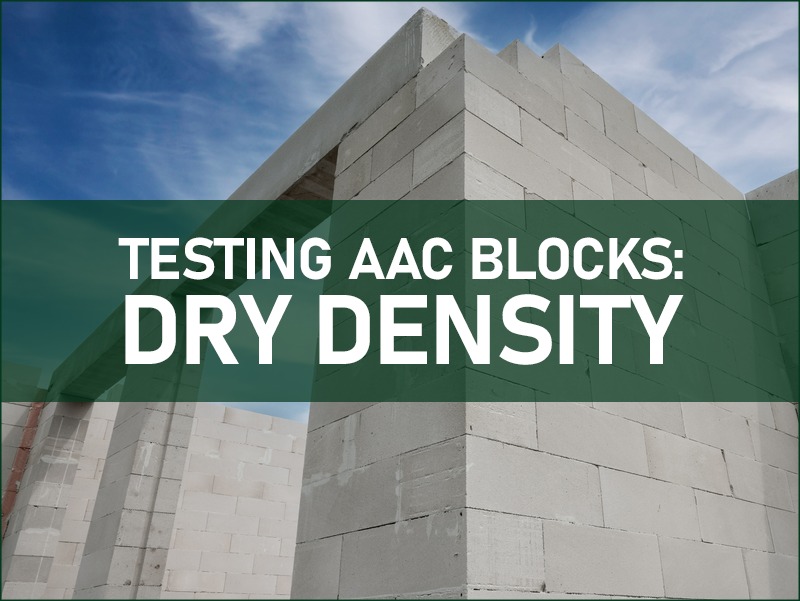
How To Avoid Cracking In Walls With AAC Blocks | Ecorex
The lightweight of AAC Blocks is undoubtedly a boon for the construction industry. This feature is a blessing as it comes with numerous benefits while it also poses challenges related to the shrinkage of the masonry and movement in the structural members of the building.
After using bricks and stones for masonry construction for many years, came concrete blocks, hollow blocks, and fly ash bricks. AAC blocks have now carved their niche in the history of masonry construction.
All masonry ingredients require a particular skill so do AAC blocks. Notably, there are a few small differences between brick masonry and AAC block masonry.
Load Bearing And Non-Load Bearing Walls With AAC Blocks
The following are provisions for the construction of load bearing and non-load bearing walls with AAC blocks by IS 6041:1985 for AAC Block Masonry Construction:
- Load Bearing Walls must have an Internal wall thickness of a minimum of 150mm and an External Wall thickness of a minimum of 200mm.
- Whereas Internal wall thickness for Non-Load Bearing Walls must be a minimum of 100mm and External Wall thickness of a minimum of 150mm.

How To Avoid Cracking In Walls
The ingredients added to the AAC blocks cause the volume change and aeration in them. The volume change, in any type of concrete, is one of the most detrimental properties. One of the principal products of hydration in the cement paste is the C-S-H gel. This saturated cement paste, when exposed to ambient humidity which is below saturation, loses its dimensional stability. Also, aerated concrete retains more than 20% moisture at the end of the autoclaving cycle. Massive volume change in aerated concrete occurs due to the loss of all this moisture from the blocks. Particularly in the AAC block masonry, unsightly cracks in the masonry wall occur due to volume change. This volume change is a result of shrinkage in the wall. This shrinkage can be drying shrinkage or autogenous shrinkage.
Drying Shrinkage
When the drying shrinkage is restrained, it creates tensile stress. The shrinkage gets restrained due to the end columns once the blocks are built in the masonry. This creates a high amount of tensile stress in the wall resulting in vertical cracks.
It is, however, difficult to make a masonry wall that does not shrink. But practicing engineers can ensure that there is minimal shrinkage. The shrinkage mainly depends on the moisture movement from the AAC blocks. AAC blocks are manufactured at a water-to-cementitious ratio of more than 1.0.
Following is an example that shows chemical water demand per cubic meter of aerated concrete:
The following figures are for uncut volume
Cement content = 101 kg/m3
Lime = 36 kg/m3
Gypsum = 6 kg/m3
Fly Ash participating in Pozzolanic reaction = 35% of the above = 50 kg/m3
Hence total cementitious solids = 193 kg/m3
Water content = 255 kg/m3
Hence w/c = 255/193 = 1.32
Following are the hydration phases of cement that denote the amount of capillary water remaining even after 100% hydration of cement on auto craving for a maximum w/c of 0.95. This water remains residual and gets trapped in the cement paste. A part of this trapped water contributes to the shrinkage of the blocks.
The significantly high pressure of about 12 bars with a 195°C steam drives the steam inside the millions of microscopic pores of the block concrete. A small amount of steam remains trapped inside the pores of the blocks when they are cooled off.
Hence as a combination of water trapped in the cement paste and the moisture left by the steam, the typical free moisture content in a block is to the tune of 25% by weight. Over the next 48 hours, the majority of this free moisture is released from the AAC blocks, the blocks begin to dry which results in major shrinkage within the first 48 hours of the autoclaving. This shrinkage results in cracks.
Hence, the precautions that need to be taken while building an AAC block wall so that it remains free of cracks are mentioned below. The IS code 6041:1985 also advises us on ways to avoid cracks in the wall as below:
The alterations in length, curvature, or orientation of the structural members enclosing a wall or partition due to load settlement, thermal expansion or changes in moisture content cause the Structural Movements Cracks. In the case of framed structures, the erection of partitions and panel walls shall be delayed wherever possible until the frame has been taken up. This also affects structural deformities.
Ceiling deflection and movement - When a load falls on a ceiling above a partition wall it may deflect after its erection or through thermal or other movements.
Control of Wall Movement Accompanying Temperature and Moisture Changes - Tensile stresses which develop when wall movements accompanying temperature and moisture change and are restrained by other elements of the building result in cracking in concrete masonry walls.

Conclusion
The shrinkage and cracks in the AAC block masonry construction can be minimized and even avoided by careful application of the blocks and keeping in mind the temperature, load bearing, and other significant details.
Recent blogs

Thermal Conductivity Of AAC Blocks | U value and R value | ECOREX
AAC blocks were invented for keeping the building thermally insulated and keeping the heat out from the building. Let's dig deep into Thermal Conductivity of AAC Blocks.

Top 5 AAC Block Manufacturers In India
Here is a list of the top 5 AAC block manufacturers in India. Because as a property owner, it is advised to have a working knowledge of different AAC block manufacturers.

Testing AAC Blocks: Compressive Strength | Ecorex
One of the most important characteristics of AAC blocks for the user is their compressive strength. Drying Shrinkage, Dry Density, as well as Compressive Strength, have different test procedures. Let's find out more together.

Testing AAC Blocks: Dry Density | Ecorex
Most of the popularity that AAC blocks have gained over the years is due to their unique characteristic of being lightweight. This is checked with the help of a dry density test.
